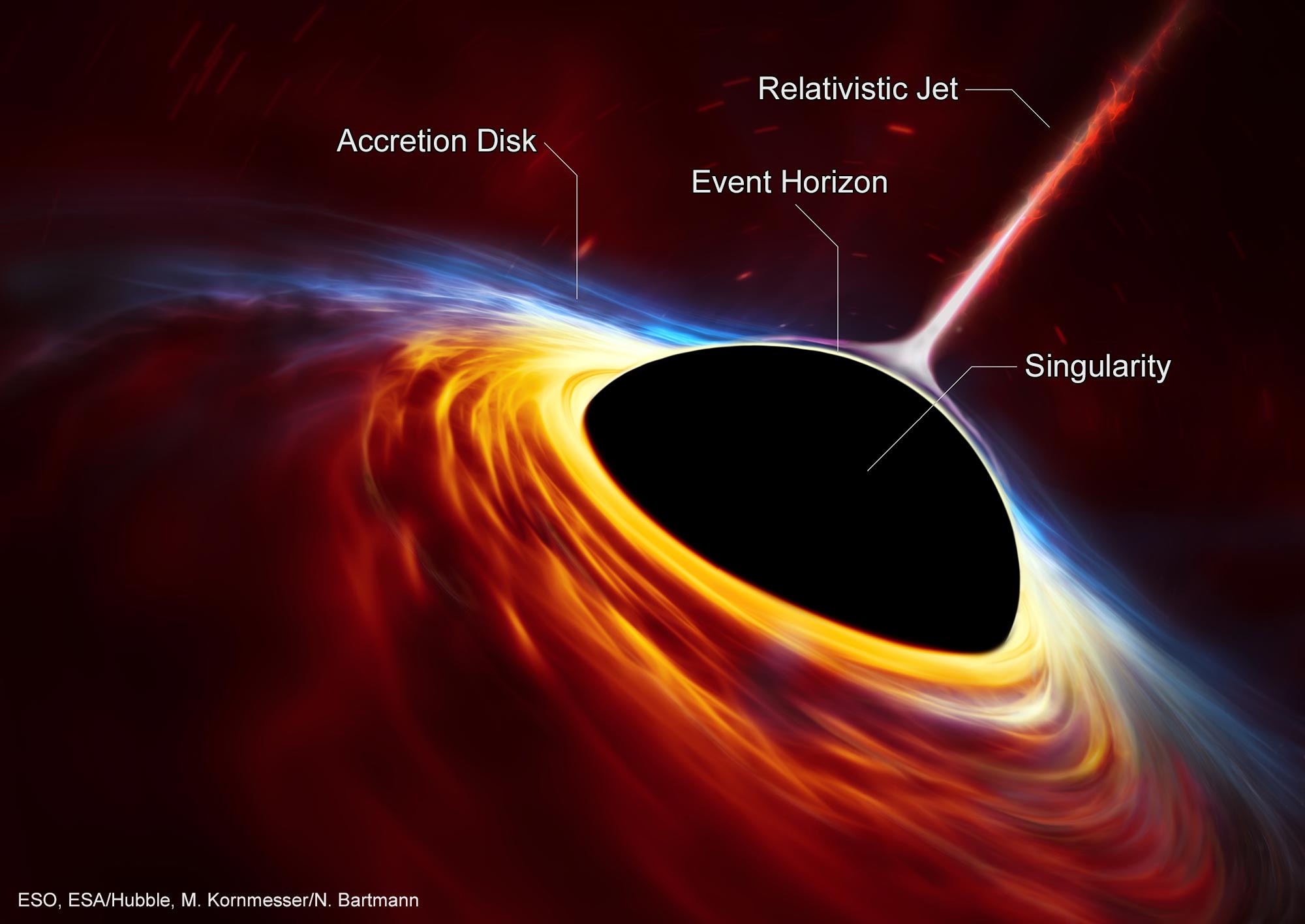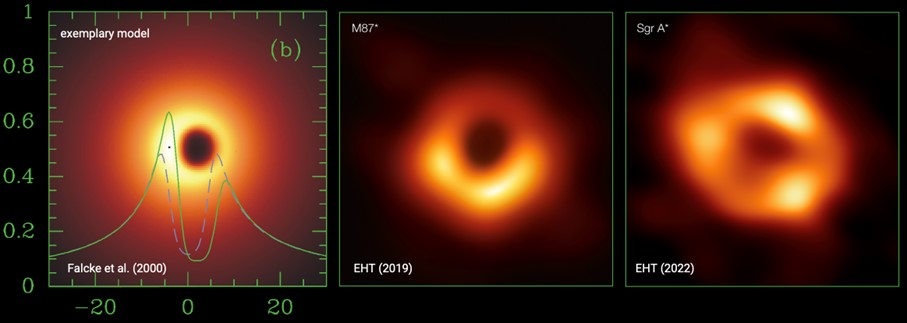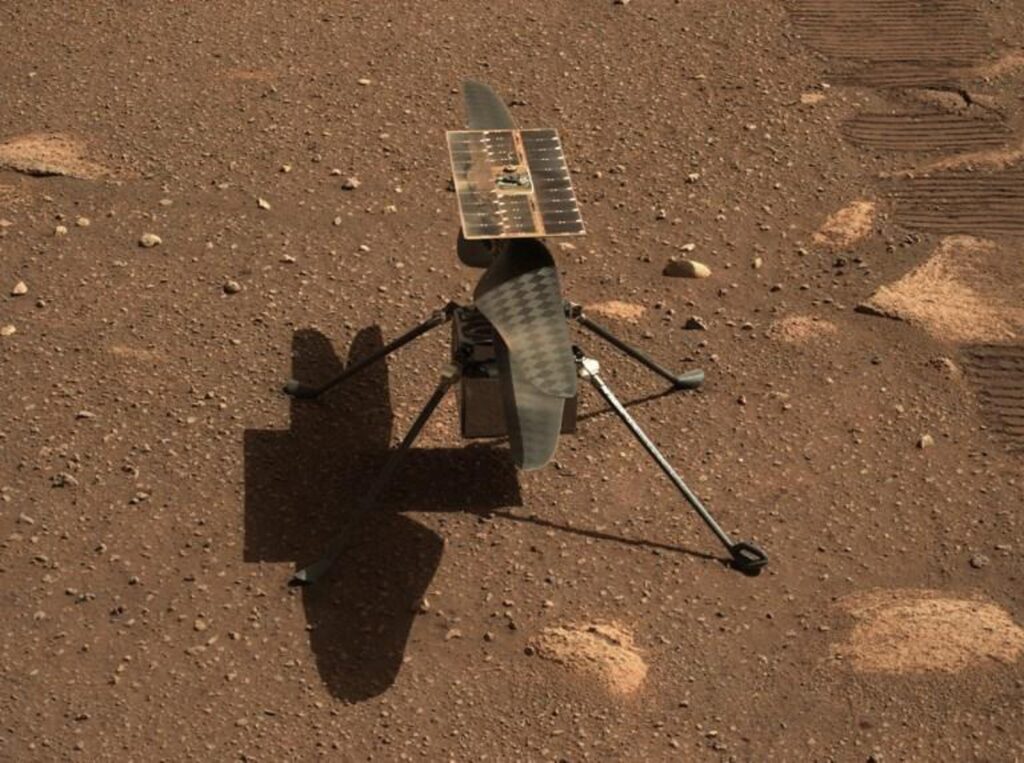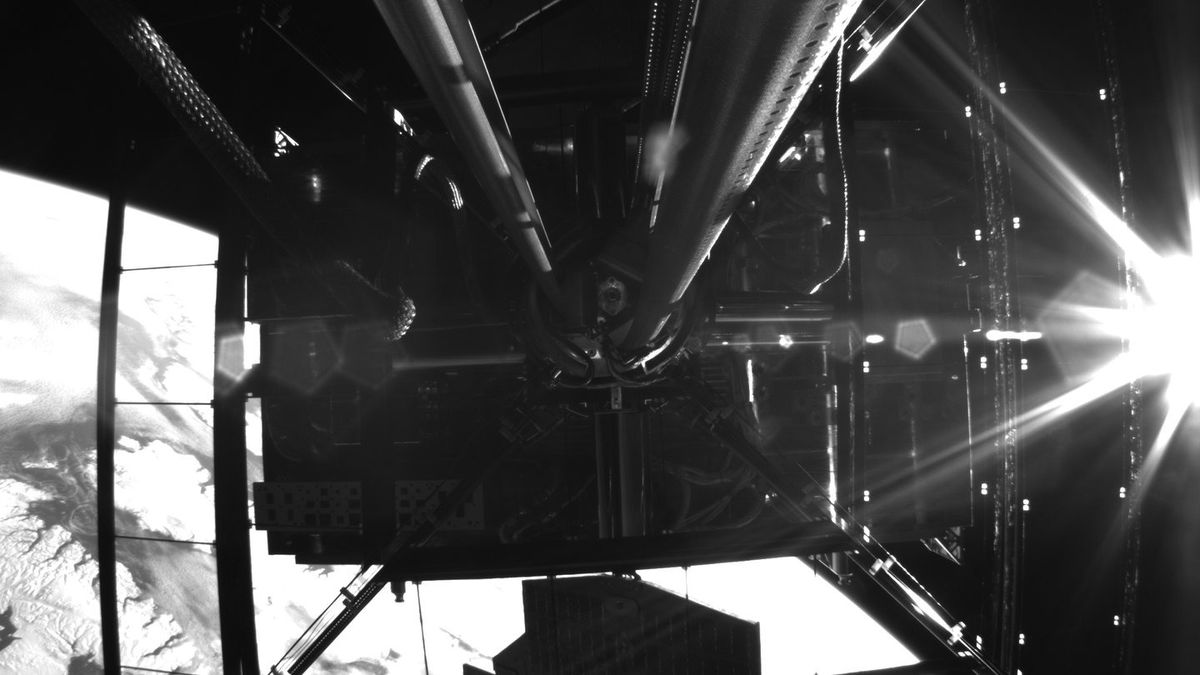The Event Horizon Telescope (EHT) collaboration revealed images from its second campaign in 2018, confirming a persistent black hole shadow around M87* and suggesting a dynamic environment. M87*’s black hole silhouette, released in 2019, was a breakthrough in astrophysics, showing a ring-shaped shadow formed by light trying to escape the supermassive black hole’s gravity. Recent 2018 data shows how the black hole’s surroundings changed over a year.

M87* Unveiled: EHT’s Annual Updates on the Black Hole Shadow Illuminate Cosmic Turbulence
The EHT uses radio observatory data to generate a virtual telescope to resolve the black hole’s silhouette. The black hole M87* is so big that light takes 1½ days to cross it, although its shadow appears to be the size of an orange from the Moon.
The 2018 campaign used nine radio telescopes at seven sites, with the 12-meter Greenland Telescope improving sensitivity. However, weather, technological obstacles, and security concerns limited data collection to two observing days.
The 2018 data showed that the ring’s size matched the 2017 shadow, confirming the black hole’s mass and gravitational physics. The ring’s brightest part showed changes, suggesting hot gas movements. This variation demonstrates that magnetic forces cause the gas spinning around the black hole to be turbulent.
READ ALSO: Orbital Reconnaissance in the Pursuit of Extraterrestrial Life Signs
Dance of Shadows: M87*’s Annual Spin Challenges Astrophysical Assumptions
The 2018 photos showed M87*’s shadow shifting by roughly 30° in the brightest portion of the ring, the first unambiguous indication that it does so annually. This dynamic behavior may be caused by gas turbulence and magnetic field rearrangements. The findings challenge beliefs and illuminate event horizon mechanisms.
The next-generation EHT (ngEHT) will use new radio telescopes and hardware to improve sensitivity. Scientists are also considering expanding the EHT to space to improve resolution and reveal more about black holes’ harsh environments.
The EHT’s recent findings illuminate M87*’s black hole shadow’s dynamic nature and pave the way for future astrophysical research.




